Thirty-three years ago on Monday, we took the plunge, or at least the stock market did. On Oct. 19, 1987, the Dow Jones Industrial Average dropped 22.6% in a single session, the largest one day drop in history. The steep decline conceded about $500 billion in just a few hours
Looking back at that collapse, you might wonder how did it happen? It boiled down to a combustible mix of factors. Oil supplies were threatened as Iran and Kuwait were at war; international investors had recently become much more active in the U.S markets, which led to inflation of stock prices; and Wall Street was in the process of adopting computerized trading, which led to increased market volatility. Portfolio insurance also lent itself to the steep decline as investors were contractually bound to “sell into a falling market.” As the selloff started, buyers were overwhelmed by sellers, and at the time, there was not a mechanism to stop the panicked market.
So how do we keep all that from happening again? In the midst of a global pandemic, increasing political polarization, and an economy that is on the brink of recession, it’s a fair question to ask, as it almost seems inevitable.
Following Black Monday, the U.S. enacted market protections that pause trading if stocks dip too far too fast. Those mechanisms were recently triggered three times in just over a week as the coronavirus pandemic was taking hold in March of this year. It had been 23 years since those protections had previously been triggered. Let’s hope we can make it another 23 years, or longer, without them triggering again.

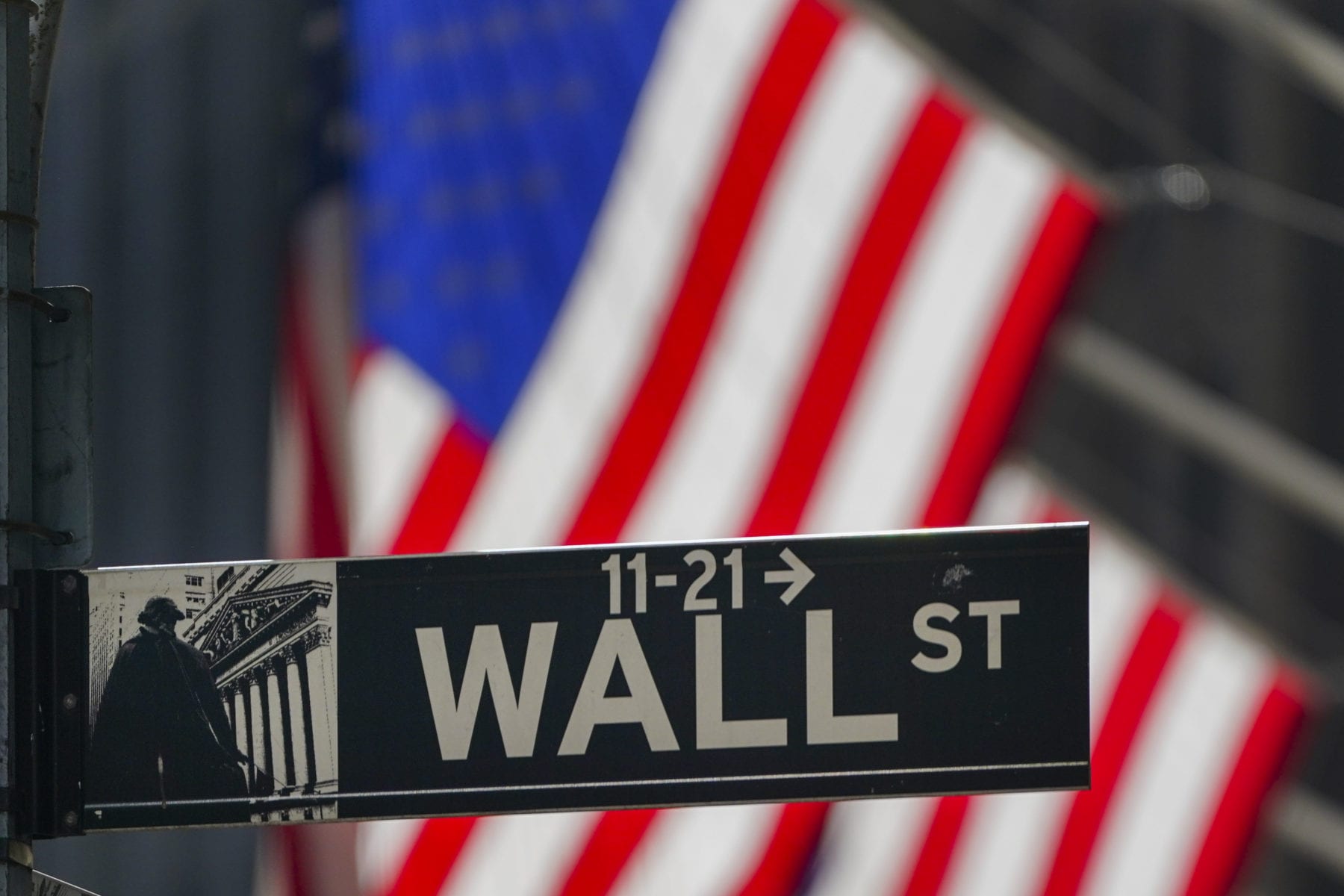

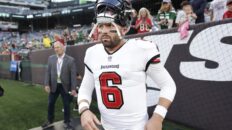
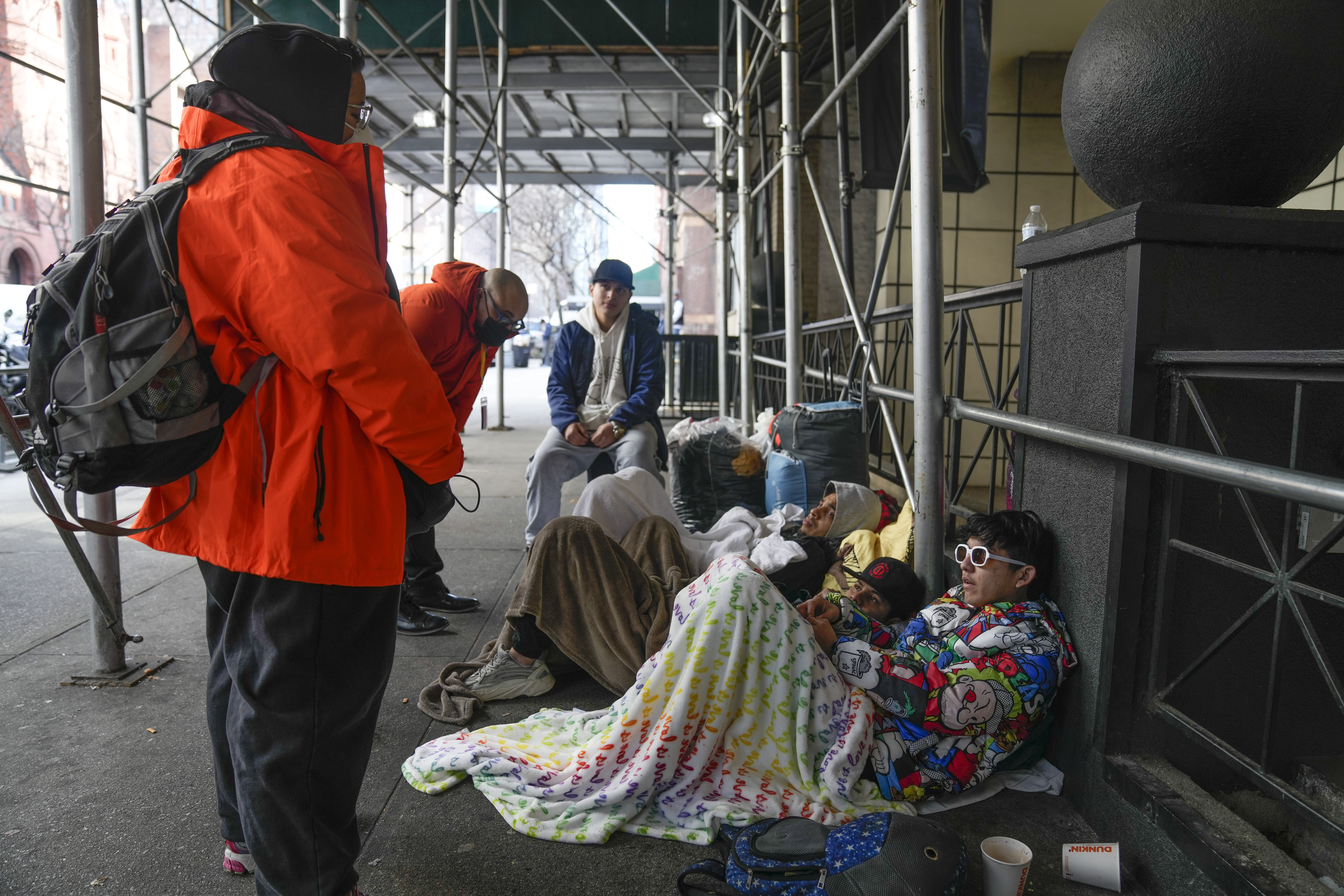


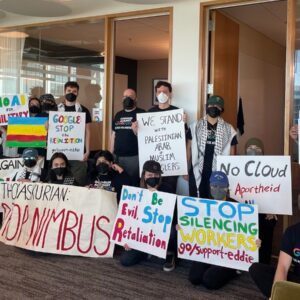
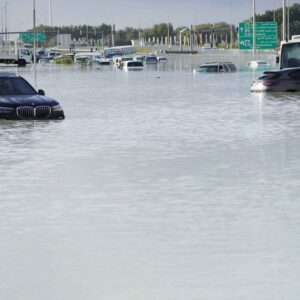









Add comment